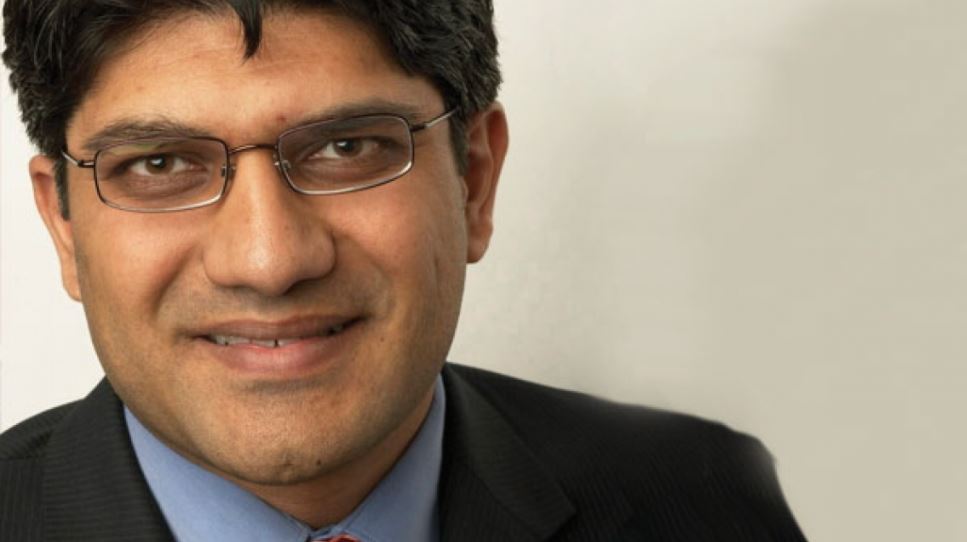By Frank Andorka, Senior Correspondent
What Happened: The New Jersey legislature yesterday passed two bills – one in the House and one in the Senate – designed to jumpstart the state’s solar industry by:
- increasing the overall RPS to 50 percent by 2030
- enabling a community solar program
- shutting down its problematic sREC program
- reducing the overall cost of the current solar Renewable Portfolio Standard (RPS) by lowering the Solar Alternative Compliance Payment.

SolarWakeup’s View: New Jersey has been quietly fuming as New York leapfrogged over it as a progressive state in the race for solar leadership. Well, yesterday, the Garden State told the world it was going back to the future and reclaiming the solar prominence it enjoyed under former Governor Jon Corzine.
It’s easy to forget now, but New Jersey once sat in the second spot of the Solar Energy Industries Association’s Top 10 Solar States annual report not that long ago. But under a chaotic solar renewable energy credit (sREC) program combined with an exceedingly modest renewable portfolio standard (RPS), it had fallen all the way to fifth. And when most recent Governor Chris Christie left office with an RPS increase bill tucked neatly in his back pocket, the solar industry sighed heavily and resigned itself to slowly sinking even further.
But take heart, New Jerseyans – Governor Phil Murphy is here, and the legislature is about to send him a combined bill that will not provide New Jersey the springboard it needs to vault back to the top of the solar states list and grab at least a few headlines from the … colorful and bombastic governor of New York, who has been promoting solar in the Empire State like it’s the last thing he’s going to do on Earth.
“We applaud the New Jersey legislature for its forward-looking decision in passing twin solar bills that will set the stage for the solar industry’s continued expansion,” said Jesse Grossman, CEO of Soltage. “Now it’s time for the state’s industry – Soltage included – to roll up our sleeves and get work in returning New Jersey to its proper place top tier solar states in the union.”
It’s time for New Jersey to hop into the Delorean and go back to the future under its new governor. Not only is it good for the state, it also shows states like my own beloved Ohio that cloudy and cold should not inhibit the growth of a solar industry. I look forward to seeing New Jersey’s comeback. It’s long overdue.
This article was edited at 1:44 pm ET to add comments from Jesse Grossman, CEO of Soltage.
More:
New Jersey Legislature Passes Bill Supporting State’s Solar Sector




